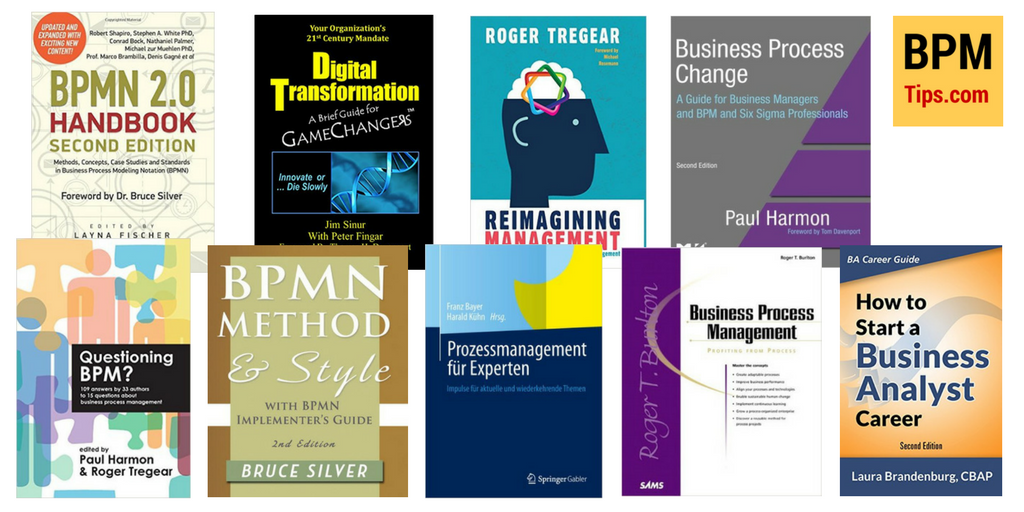Bruce Silver Bpmn Method And Style Pdf Download

Second Edition, with Bpmn Implementer’s Guide Publisher: Cody-Cassidy Press Publication Date: October 2011 Pages: 286 BPMN 2.0 is the industry standard diagramming language for business process models. The meaning of the business process diagram is the same, regardless of the tool used to create it. But creating models that are correct, complete, and clear demands more than a dictionary of BPMN shapes and symbols. It also requires a methodology for translating process logic consistently into the diagram.
Buy Bpmn Method and Style, 2nd Edition, with Bpmn Implementer's Guide: A Structured Approach for. Using Bpmn 2 by Bruce Silver (ISBN: 114) from Amazon's Book Store. (If in doubt, download the sample chapter first.). Bruce silver bpmn method and style When I began writing the second edition, I thought that a significant portion of it could be copied and pasted from the original, but that turned out not to be the case.
And it requires a measure of modeling style as well, conventions that ensure that the process logic is unambiguous from the diagram by itself. In short, “good BPMN” requires a disciplined approach called “method and style.” In this book, Bruce Silver explains which BPMN elements process modelers need to understand, in two levels, including exactly where and how to use each element. Level 1 (the Descriptive modeling subclass of BPMN 2.0) is a palette of shapes and symbols largely carried over from traditional flowcharting.

Level 2 (the Analytic subclass) expands the palette to be able to describe event-triggered behavior, critical to modeling exception handling. The book explains the real meaning of BPMN’s most basic concepts – like activity, process, and end state – essential to using the language correctly, and provides a step-by-step methodology for going from a blank page to a complete end-to-end BPMN model, developed from the top down in a hierarchical structure. From the top-level diagram you can see on a single page exactly how the process starts, its possible end states, what the instance represents, and communications with the Customer, service providers, and other processes. From there you can drill down to see the details of any part of the process. Thie popular first edition of this book was published in 2009 based on the draft BPMN 2.0 specification. This second edition is based on the final BPMN 2.0 specification. Although the diagram elements have changed little since the first edition, both the methodology and style sections have been completely rewritten.
Dale carnegie books. The second half of the book, the BPMN Implementer’s Guide, is completely new. It puts the focus on the XML serialization of the diagram, for both non-executable and executable process models. It details the BPMN 2.0 metamodel and XML Schema, and describes the BPMN-I Profile, a set of serialization rules that facilitate interchange of BPMN models in the Analytic subclass between tools.
It also explains how BPMN 2.0 describes execution-related details, such as process data and data mapping, services, messages, and human task assignment, illustrated with an example executable process created in Bonita Open Solution. It concludes with guidelines for implementers on how to align executable design with business-oriented top-down process modeling. The book is lavishly illustrated with over 100 BPMN diagrams, and the BPMN Implementer’s Guide section contains many XML examples as well. BPMN, which stands for Business Process Model and Notation, is a diagramming language for business process models. It is important not because it is superior in every way to other process notations, but because it is a multi-vendor standard, maintained by the Object Management Group (OMG), and widely adopted by modelers and tool vendors alike. This book is more than a dictionary of BPMN’s shapes and symbols. It offers a unique approach to understanding and mastering the process modeling standard, based on two fundamental principles: • The Method and Style Principle – A given BPMN diagram should have one and only one interpretation.